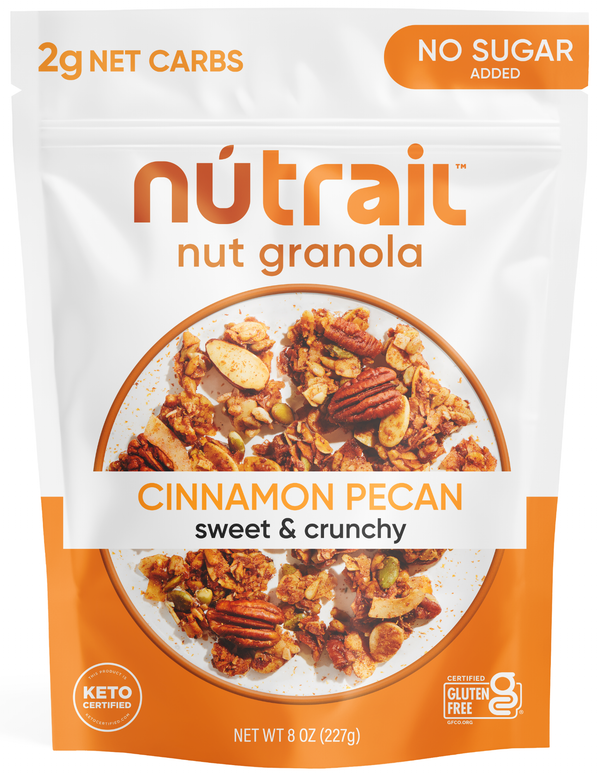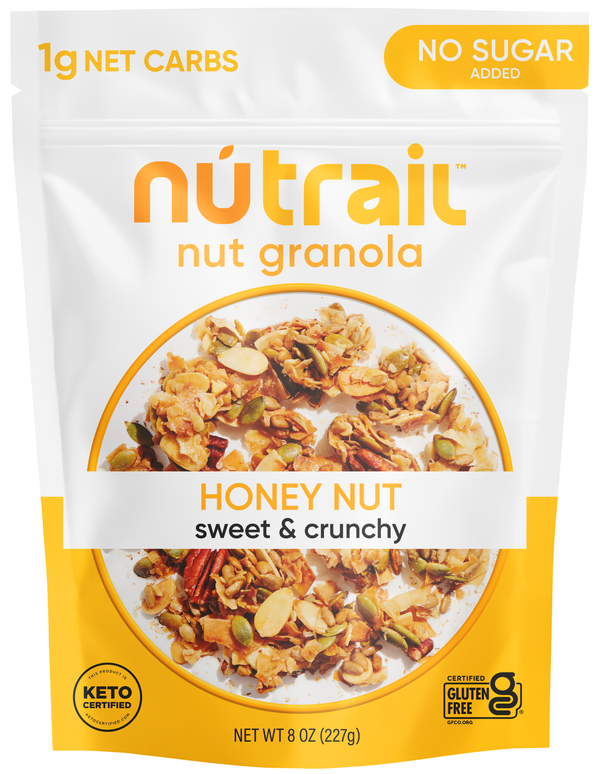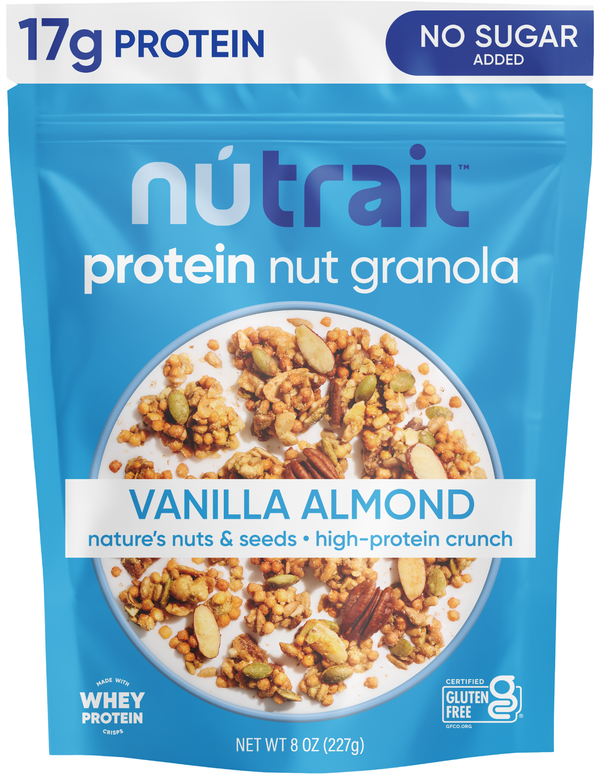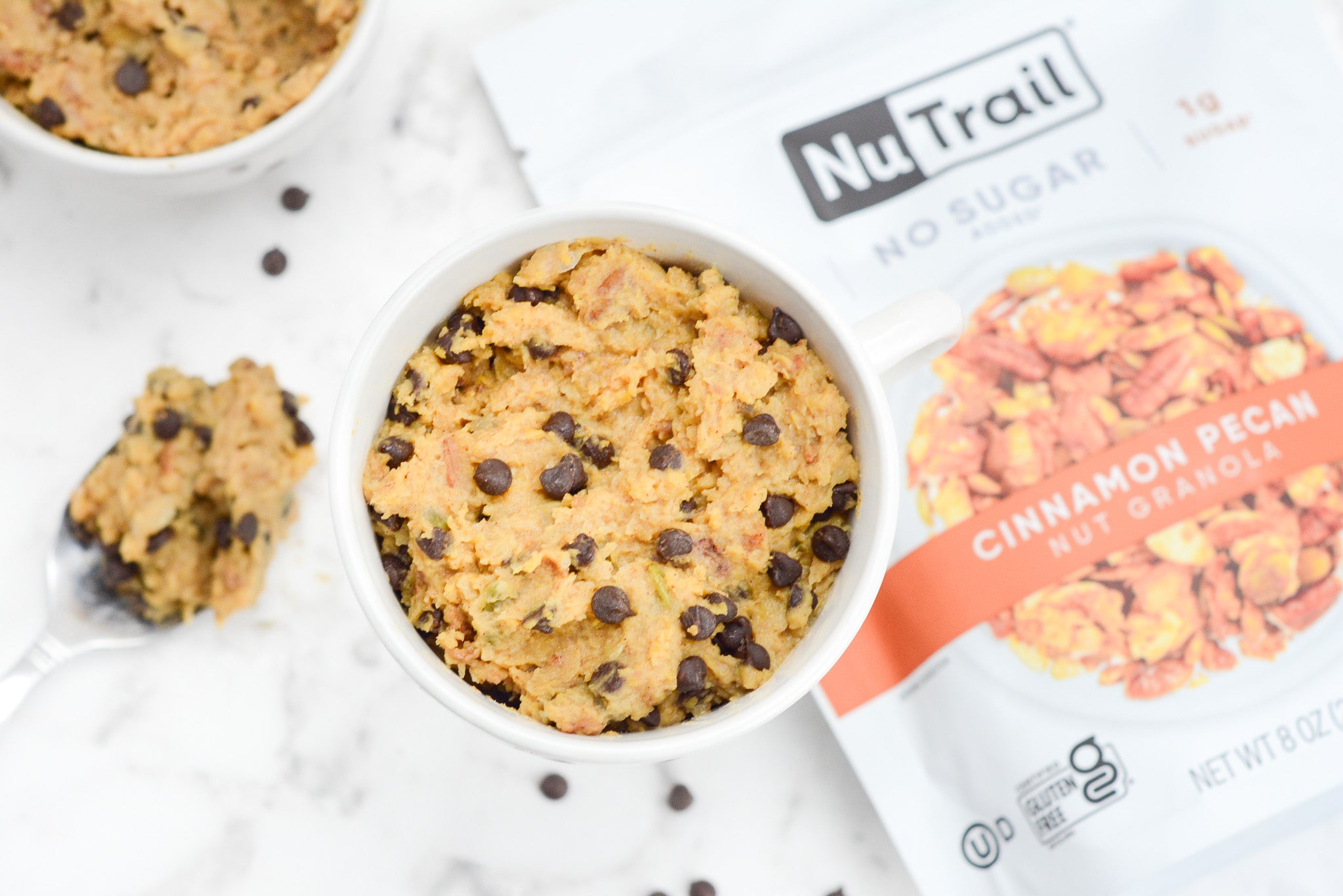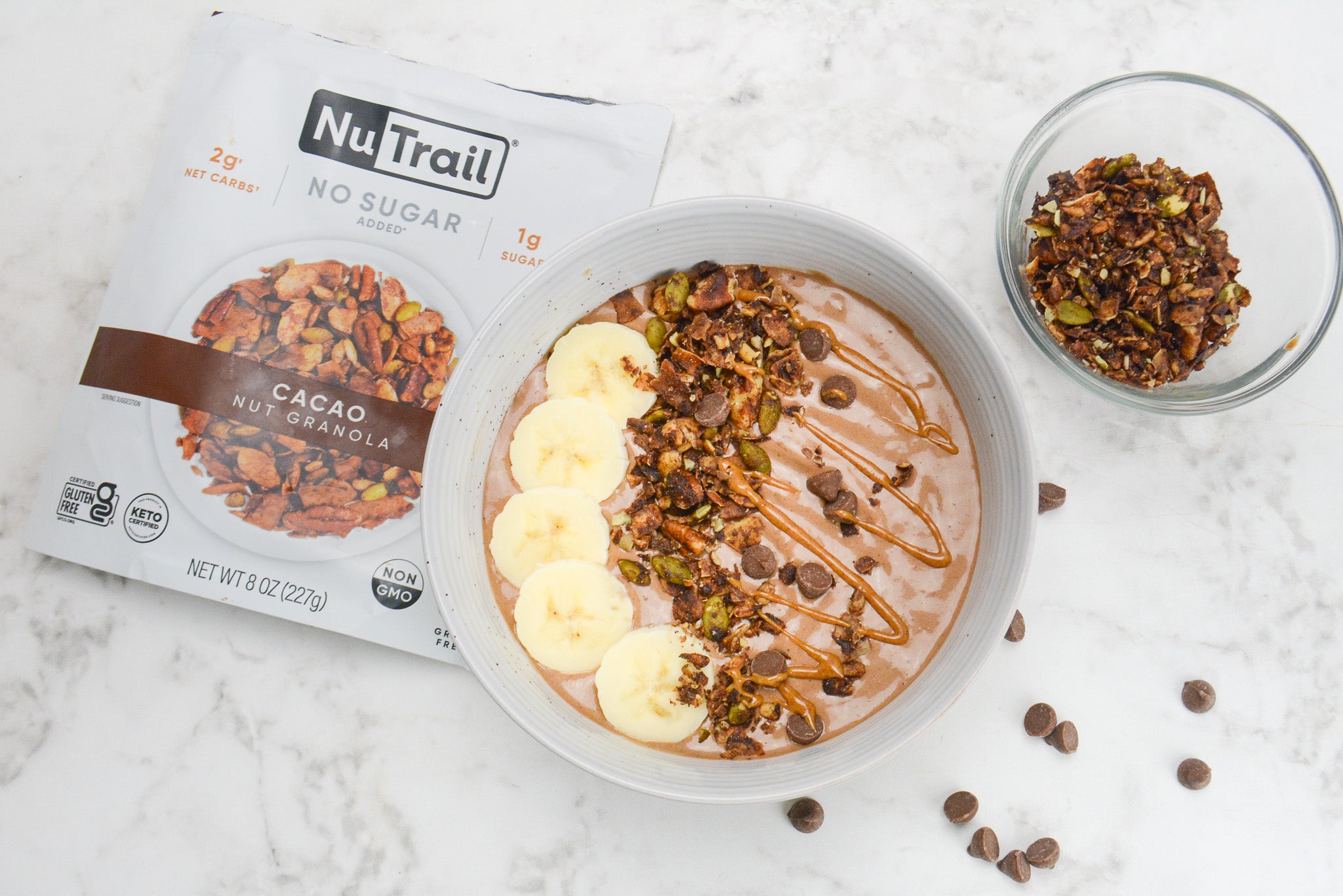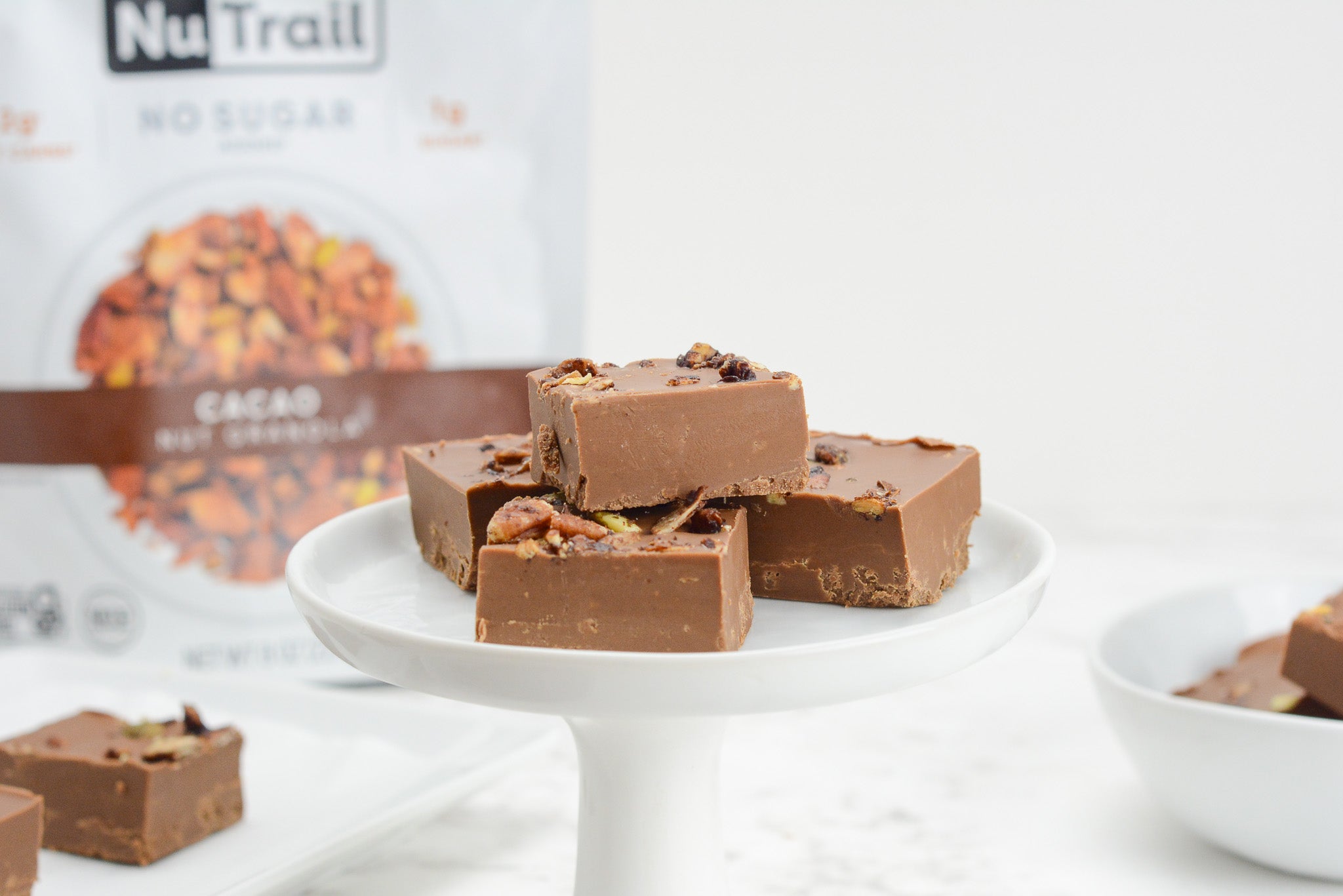Are you new to Keto and looking to learn about tracking macros? Or, have you been following the keto trend for a while, but still haven’t lost weight?
It’s true that the ketogenic diet is one of the most effective ways to burn stubborn fat and live a healthier, more balanced life. But if you don’t count your macros properly, you’ll be doing yourself and your efforts a massive disservice.
You see, if your numbers are off, you won’t fall into or stay in ketosis. Which is the whole point, right?

Like weight loss in general, the ketogenic diet all boils down to math. While everyone’s ultimate macro intake will be contingent on their body type, goals, and lifestyle, the general rule of thumb is to ramp up the fats, consume just a moderate amount of protein, and cut the carbs so drastically that they consist of an almost negligible portion of your daily diet.
What? No carbs, but what about my cravings?!
The beauty of the ketogenic diet is that you do not have to sacrifice calories, a full belly, and occasional cravings much like you do when following other weight loss plans. While it may, on the surface, seem like an intimidating diet to follow, there are still plenty of low carb foods that will fit so perfectly into your macro plan that it won’t even feel like you’re missing out. Keto success, here we come!
Understanding Keto Diet Macros
Learning how to track macros is the first step in understanding and mastering ketosis. But before you can learn the “how,” you must understand the “what” and the “why.” What is tracking macros, and why do people do it?
Macronutrients, or “Macros,” are the three categories of nutrients our bodies need to stay functional and energized. These include carbohydrates, proteins, and fats. When you are tracking your macros for any diet, you count the grams you consume per nutrient daily. While this process is like counting calories or points (think Weight Watchers), with keto, you get a more precise look at what you put in your body. In fact, of all diets, going ketogenic allows you to have the utmost control and understanding of your intake.
Protein, fat, and carbohydrates each provide a certain amount of calories per gram. So, by tracking how many grams of each macronutrient you consume each day, you are also tracking your calories.
NuTrail — Keto Granola, Biscuits, Bread and Baking Mixes
Carbohydrates
Carbohydrates, or “carbs,” contain sugars, fibers, and starches, most of which are broken down into glucose (blood sugar), which is either used as immediate energy or stored as glycogen. Carbs provide 4 calories per gram. The keto diet has extreme carb restrictions, which we will review a bit more later.
Carb intake on Keto: 5 to 10% of total daily calories, or, no more than 20 net carbs per day.
Protein
Like carbohydrates, proteins provide you with 4 calories per gram. Protein, most commonly found in animal products, nuts, and legumes, is crucial for building muscle mass, cell signaling, immune function, and more. While protein recommendations vary depending on one’s body composition, health, and other factors, those following the keto diet should only consume a small to moderate amount of it daily.
Protein intake on Keto: 10 to 20% of total daily calories
Fats
Fat is the most energy-dense macronutrient, containing 9 calories per gram. In addition to energy, the body uses fat for nutrient absorption, hormone production, and body temperature maintenance. The keto diet is known for being a very high-fat program, which may be confusing if you are just starting out, considering most diet guidelines advise against eating too many high-fat foods. However, the purpose here is to promote ketosis by tricking your body into burning fat for energy instead of the sugars from carbohydrates.
Fat intake on Keto: 70 to 80% of total daily calories

While a calorie deficit is absolutely necessary for weight loss, the ketogenic diet operates differently in that it changes how our bodies use energy. In most diets, our bodies burn the aforementioned glycogen (carbs) for fuel, whereas with keto, our body is trained to use fat byproducts, or ketones, instead. Hence, the low carb restrictions. This is called nutritional ketosis, a metabolic fat-burning state that our bodies enter when there aren’t enough carbs in the diet to meet our energy requirements.
NuTrail — Keto Granola, Biscuits, Bread and Baking Mixes
How To Calculate Macros for Keto
Calculating your macros on keto means knowing the total amount of carbs, fat, and protein for everything you consume (food and drink) on any given day to stay on track with your goals. With keto, it can be very easy to exceed your macros considering the fact that it is a very, very low carb diet — which is precisely why tracking this information is important.
It’s easiest to track through food journaling or by using a tracking app. We recommend that beginners use an app as it will help give you a deeper understanding of what you are consuming while doing the work for you. Once you are comfortable with how it all works, you may try logging the information yourself. This keto calculator will use your gender, age, height, weight, activity level, body fat percentage, and goals to calculate a macro plan that will help you enter and stay in ketosis.
If you opt for the journaling route, start by considering the macronutrient distribution percentages mentioned earlier (70 to 80% fat, 10 to 20% protein, and 5 to 10% carbohydrates). Ask yourself, what are my calorie needs? Am I looking to lose weight? Gain weight? Maintain? Then, determine your carbohydrate needs. Most recommend 20 to 50 grams per day, so starting with 20 to 30 is a good way to get a feel for what works for you.
NuTrail — Keto Granola, Biscuits, Bread and Baking Mixes
With an understanding of your calorie and carb needs, use the nutrition labels on your food and apps like My Fitness Pal to identify the nutrient content of both branded and generic foods. With this macro data, you can use simple formulas to calculate your daily consumption.
- For fat: Multiply your total grams of fat by nine and divide the result by your total daily calories. Multiply this result by 100 to find your percent calories from fat.
- For protein: Multiply your total grams of protein by four and divide the result by your total daily calories. Multiply this result by 100 to find your percent calories from protein.
- For carbohydrates: Multiply your total grams of carbohydrates by four and divide the result by your total daily calories. Multiply this result by 100 to find your percent calories from carbohydrates. As mentioned, the keto diet requires that you restrict your carb consumption drastically.

How you choose to log is entirely up to you. Some keto dieters plan their meals at the start of their day, so they know exactly what is to come. With this method, there is little room for error. Others choose to log their meals as they go, keeping track of how many grams of each macronutrient they consume as they consume them, so they know what’s left for the remainder of the day. Whichever route you take, food journaling is an excellent way to paint the full picture of your diet so you can stay on track.
Benefits of Tracking Macros on Keto
There are several health benefits associated with following a macro-based diet like Keto.
- Weight loss. While losing weight is not guaranteed and is entirely dependent on an individual’s lifestyle and commitment to their diet of choice, following a tailored macro tracking plan can help you eliminate excess calories. When you have a calorie deficit, you lose the most weight.
- You’ll be more mindful of what you eat. When we not only pay attention to what we put in our bodies, but understand the makeup of the foods we eat, we naturally make better dietary choices.
- Ultimate health benefits: The keto diet promotes several health benefits, such as lowered blood pressure, reduced blood sugar and insulin levels, improved cholesterol, and more.
Most weight loss programs rely on cutting calories. Keto relies on conscious consumption. While it may seem difficult to invest the time that is needed with a diet like keto, considering its strict attention to detail, there is no denying that it is effective. Reaching ketosis can be a challenge, even for the most dedicated person! However, the math doesn’t lie! As long as you stick with and trust the numbers, we are confident you will be successful with the ketogenic diet!
NuTrail — Keto Granola, Biscuits, Bread and Baking Mixes
Join our Keto Community on Instagram & Facebook.
Sign up to receive NuTrail emails.

